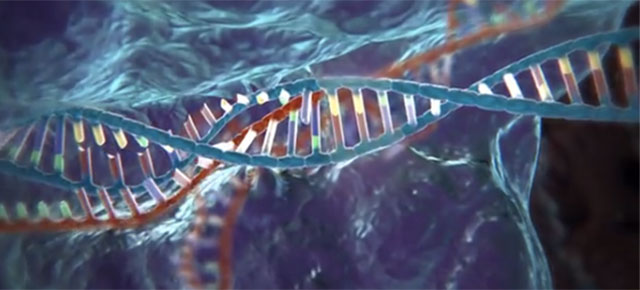
A pro-life case for altering the genome
There are risks, but it could save lives

Although many obstacles remain, genetic engineering is much closer to becoming a reality with the rapid development of CRISPR. On the horizon are both human enhancement and cures for genetic diseases. But one significant political obstacle is fear of altering the human genome. It is not just pro-life activists who object; a number of scientists also fret about the commercialisation of human life.
However, things could change. In the latest issue of The New Atlantis, Brendan Foht presents a “A Pro-Life Case for Therapeutic Gene Editing”. He acknowledges the risks of altering a person’s natural endowment, but points out that while most of the time somatic gene editing will be preferable to altering the genes of embryos, there will always be exceptions:
most forms of Tay-Sachs disease, for instance, begin to manifest early in pregnancy and are generally fatal for the child before it reaches the age of five. In such cases, correcting mutations after a baby is born may not be an effective way to reverse developmental problems caused by the mutations. Editing the genes of embryos would presumably be more effective, though also more dangerous, than postnatal gene-editing, since it would affect a much greater proportion of the body’s cells and will do so from an earlier stage of development.
Some scientists contend that using pre-natal genetic diagnosis with IVF would be preferable to using gene therapy on an embryo. However, Foht points out that there are substantial ethical issues with this “conservative” approach:
preferring PGD over genetic therapy represents a troubling attitude toward people with disease and disability. In selecting embryos to destroy (or fetuses to abort), doctors and parents are making a judgment that the life of someone affected by a disease or disability is not worth living — implying that those individuals affected by the disease would have been better off if they had never been born.
To put it another way, the judgment implicit in using gene editing to modify a disease-causing gene is that it is better to live without that disease than to live with it; the judgment implicit in using prenatal abortion is that it is better to die than to live with the disease. When both are options, preferring selective destruction over gene editing amounts to a preference for killing over curing.
This is an approach which is sure to provoke intense controversy in the pro-life camp. Stay tuned.
https://www.bioedge.org/images/2008images/TH_crispr_6454.jpg
Creative commons
https://www.bioedge.org/images/2008images/depupdubtnbbtodl5rqm_(1).jpg
CRISPR
genetic engineering
